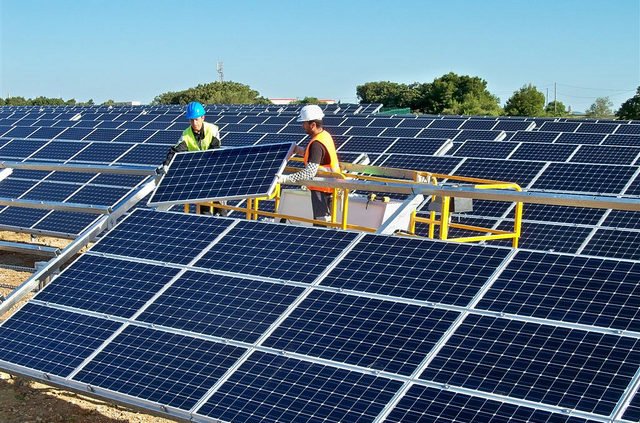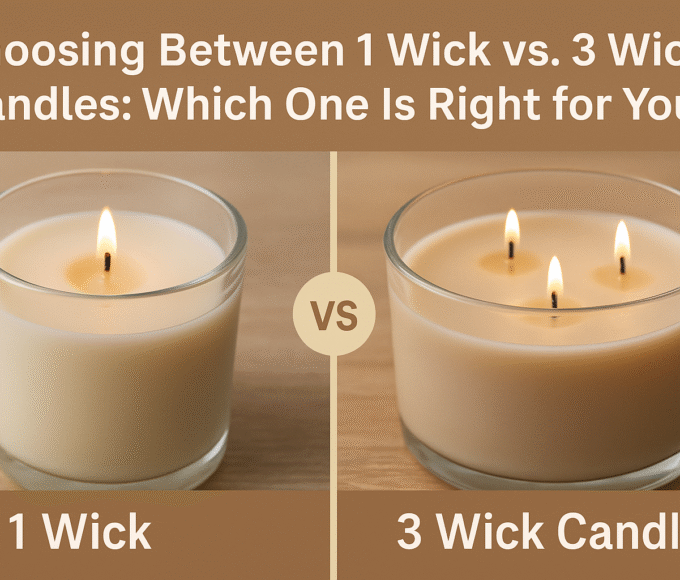Are you looking to install your first solar panels on your house?
Going solar is one of the best ways to lower your carbon footprint and your power bills. Solar panels continue to grow in popularity as we learn more about the damaging effects of the oil and coal industries versus renewable solar power. Harnessing the sun’s rays could feasibly power your entire house and then some.
So, how will this process shake out? In this post, we’re going to shed some light on solar panel installation so that you know what to expect when it comes to the logistical side of things. Once they’re up, you can enjoy the many benefits of solar power.
Discussing Your Solar Options
Before we start, it’s important to note that installing solar panels isn’t something that happens overnight. The process will take weeks because you need to talk to the solar company about your options, figure out what’s safe for your house with an engineer, then get the appropriate permits to have them installed.
First, you need to discuss your options with different solar companies. Get an estimate and zero commitment savings report from a few different companies and decide which one is for you. You’ll sign a contract and work with them to design the perfect custom solar panel for your house.
The company will also send an engineer over to evaluate your house’s compatibility with your solar unit. Things like roof structure and your electrical system will have to be examined before they can install the solar panels.
Once that’s done, you’ll want to select the actual panels and your inverter. The solar company will be able to help you parse through the various brands and their benefits and pitfalls.
Getting Your Permits In Order
A good chunk of the paperwork will be handled by the company installing your solar panel. That said, there are a lot of state and federal regulations that you should be aware of while this is happening.
You’ll want to apply for all of the solar incentives available to you, as well as renewable energy rebates. This is how you’ll save large amounts of money in the beginning.
Beyond that, you’ll need an actual building permit to install the solar panels. Check to see what your state’s regulations are with regards to covering your roof with panels. Some states require 3-feet of space around the panels.
Solar Panel Installation
With permits in order and your solar panels purchased, it’s time for the actual installation. First, the installer will make sure that your roof remains sound, with all of the shingles firmly in place, then they’ll start connecting the wiring that connects to your electrical system.
After the wiring is complete, they’ll install the racking that holds the panels in place. This is the part that attaches to your roof; the solar panels are then securely placed on the racking. Once complete, your inverter (which converts the solar energy into usable energy for your home) is installed and you’ll be up and running.
The whole process may take anywhere from a day up to a week.
Get Up and Running
Solar panel installation can seem like a huge undertaking, but most of the work is done by the solar company. As long as you’ve got your paperwork in order and the finances to make it happen, you can have a functioning solar unit on your house within a few months.
Did you find this post helpful? Come back for more on products and services.








Leave a comment